Engine Company Emergencies – Part 2
In Part 1 of our series we discussed that the engine company’s main duty is to establish a water supply, stretch the hose line and extinguish the fire but sometimes things don’t always go as planned, even if you train and plan repeatedly. Today we will examine a four potential emergencies that can come up on the fire ground and provide some solutions to their quick fix.
Nozzle Issues
Most nozzle issues should be recognized as we bleed the line before we enter a building. There is a chance that some debris in the line can get caught limiting water flow out of the nozzle.
On a solid bore many times we can just unscrew the tip and flush it out.
On a variable stream nozzle we might have to turn to the flush feature to try to free the debris.
Variable stream nozzles also have the potential (although rather unlikely) to come off of straight stream if the nozzle is dragged or pulled inside of a building. Remember “right to fight”, if there is any indication of anything other than a straight stream when the bale is opened it can easily be corrected.
Burst Length
It does happen from time to time. Everything seems to be going great and then, bang, water everywhere but at the nozzle.
This is where simple has the potential to turn complicated and coordination as well as great communication is a must. If the length was to burst outside of the building a heads up pump operator will spot it, radio an urgent message of the situation and be able to replace the burst length in timely order. A well trained pump operator has practiced this, the first time to ever deal with such a situation is not when it actually happens.
Meanwhile the engine officer has heard the radio transmission knows that this is not a problem that one of his members inside is going to easily fix (such as a kink) and backs his crew to safety.
At the same time the officer of the backup line knows that its time to go to work. If a length was to burst inside of the building someone needs to transmit what has happened and once again the officer needs to back his crew to safety and the backup line needs to be put into service.
In such a case an additional line should be stretched, I would not recommend taking the time to correct a burst length inside of a building.
Loss of Hydrant Water
The potential for the loss of water supply is always present.
An engine can lay in and find their primary hydrant to be out of service. In this case a quick decision needs to be made by doing one of two things. Either having another engine lay in from a secondary hydrant or if there is another hydrant in proximity to the fire building a heads up officer will order the company to back stretch.
In another scenario we have established our water supply and are operating. A rather impatient citizen has determined that wherever they might be going is more important than the fire and has driven over our supply line either cutting off the water flow or causing a line or coupling failure. Once again the pump operator needs to be ready to act. He/she needs to radio the issue and switch to tank water, the incident commander needs to ensure everyone is backed out to safety until an additional water supply can be secured and operations safely continued.
Pump operators…you do make sure your tank is full before switching over to an external water supply don’t you?
Mechanical Issues
We all take the rig for granted. We get in start it and drive, drop it into pump and just know water is going to come out right? Hopefully we check our apparatus out to ensure it is ready to go.
What do you mean the rig is in quarters with a quarter tank of fuel?
That never happens right?
Well some failures we cannot predict. If someone knows we are going to suddenly lose a radiator hose and the rig is going to over heat or a seal is going to fail in the pump than your better than I will ever be.
What would you do if you were the incident commander and this situation just came over the radio?
Engine company emergencies are something that we need to prepare for and hope is training that we never actually have to use in the field. All engine members should be well versed in the situations detailed above.
Engine company training has many facets, have you ever been trained on anything that we have discussed here?
Please leave your comments below.
To read about Black Sunday visit this link…https://www.cdc.gov/niosh/fire/reports/face200503.html
To hear the chilling radio transmissions of that day visit…https://www.youtube.com/watch?v=XXo25xL01MM
Cover and Feature Photos Courtesy: Steve Silverman
Part 2 of 2
Part 1 link: https://firefightertoolbox.com/engine-company-emergencies-part-1/

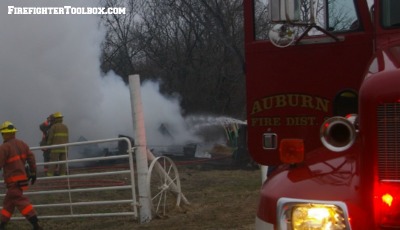
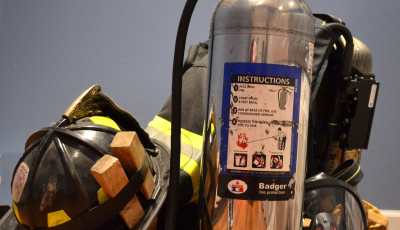
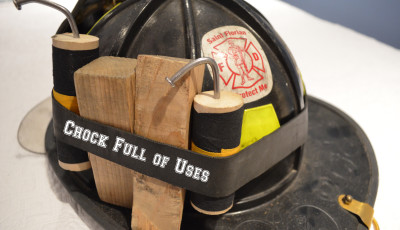
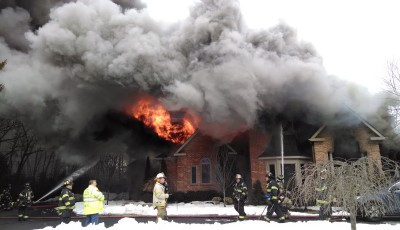
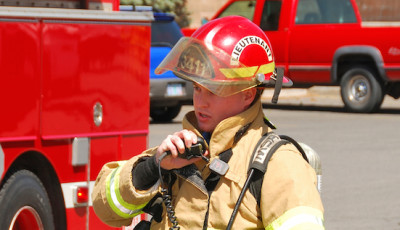
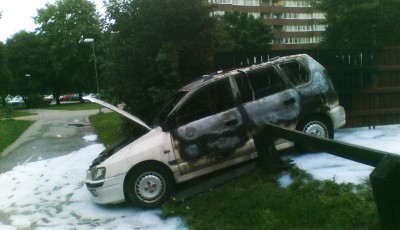




Pingback: Engine Company Emergencies – Part 1 | FireFighterToolBox
We have not done drills like this. Thx for opening my eyes. I definetly will see if my crew wants to practice some of theses.
Thanks for leaving the comment Chris, glad you found the article helpful. Keep an eye out here, I will be doing an article on engine drills in the near future.
Thanks for leaving the comment Chris, glad you found the article helpful. Keep an eye out here, I will be doing an article on engine company drills in the near future.